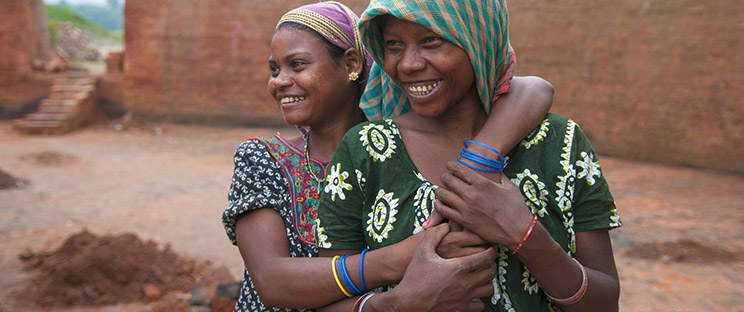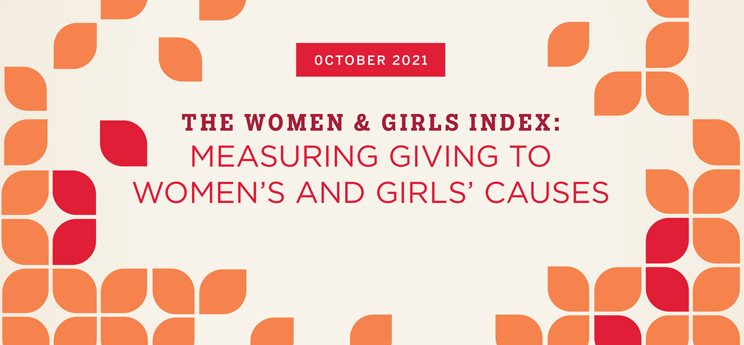Consider two extreme views of philanthropy.
Philanthropy is easy. Everyone is a philanthropist. To be human is to be generous. Everyone can help and thrive by doing so. Just give and don’t worry. Every little gift matters. A smile can make someone’s day. Even if you fake a smile, the effort can make you feel better and make you want to smile for real.
Philanthropy is hard. How can you make a difference? How do you choose among so many causes, and how much can one contribution or one person really improve things? How do you gauge how much to accumulate and how much to give to others? And then some will criticize you no matter what. There is a reason for the saying, “No good deed goes unpunished.”
Somewhere between too easy and too hard, we have the space of Goldilocks philanthropy, where just like Goldilocks’s choice of porridge, one can find a Zen-like space, having made an informed decision that feels “just right.”
As you might imagine, there is a robust ecosystem of philanthropic advisors to foundations and affluent families, some with exclusive training programs that impart special private knowledge for those who have the resources to qualify.
For the rest of us, Stanford scholar Lucy Bernholz (who joined us for a webinar last December) has written a fascinating book, How We Give Now, which depicts how regular folks from a wide variety of backgrounds give their money, time, and data. She cautions us to be more careful with the data we freely give to powerful tech companies who then monetize this resource for ends that we may not appreciate. Helpfully, she suggests alternatives.
Navigating seemingly irreconcilable extremes can be a fruitful way of making progress. Extremes can contain elements of truth, but it is not obvious how to bring them together since they reside in systems of thinking or communities that define themselves in opposition to each other.
When you encounter a Goldilocks Principle in the press or science, it usually conveys the successful reconciliation of strong opposing trends that tend to pull outcomes to the extremes. But sometimes, reconciliation is not feasible or desirable.
We would not want to split the difference with those advocating human bondage, Nazism, or other odious constructs. But even in the process of discerning that there are compromises that are worse than conflict, we clarify our values and remind ourselves what we stand for.
For example, consider Professor Regina Rini’s Goldilocks perspective on the social justice tensions on our campuses:
Here are two thoughts we ought to be able to hold in our heads at the same time. First: Our institutions are still riven with centuries-old inequalities. Second: Sometimes well-intentioned people respond to this problem by overcorrecting and inflicting unfairness on others. Keeping both thoughts active at once is difficult. Finding actual solutions is even harder. But we make no progress by imaginatively exchanging real life for the superhero Götterdämmerung of Woke vs. anti-Woke. Fight scenes are entertaining; they don’t save the world.
Sometimes we need to fight to save the world, but such a fight should come with a very high degree of certainty that we exclude contrary positions because they are false and not just because they are contrary.
Our daily lives and philanthropy are full of examples of balancing contrary positions.
We can see the Goldilocks Principle invoked as foundations seek to affect the policy process. A recent report by the Center for Effective Philanthropy depicts the delicate balancing act foundations engage as they try to bridge gaps and reconcile contradictions to inform and influence policies relevant to their missions without running afoul of the prohibition against lobbying by private foundations.
One foundation leader contends: “If foundations do not seek to influence public policy that furthers the goals of their grantmaking, they are undermining their own work.” Sometimes seeking the Goldilocks position is not an option, but an obligation one has to one’s purpose.
In the world of journalism, philanthropy is playing a more prominent role at a time when at least one scholar contends that the Goldilocks compromises of media neutrality and non-partisanship no longer hold because the extremes of our current media landscape have changed.
Professor Rosen argues that the extremes are no longer anchored by the left and the right as they were in the 20th century. He contends that the chasm is now between those who favor democracy and those against it. Whether or not you agree, if we search for Goldilocks compromises, we also need to make sure we describe the landscape correctly.
On this topic, you may like to join me on December 8 at noon U.S. Eastern time, when I speak with John Mutz, former head of Lilly Endowment Inc., and a keen commentator on the role of philanthropy in the future of journalism.
We are also entering the season of giving, which now includes Giving Tuesday. In whatever way you decide to be part of this “global generosity movement unleashing the power of radical generosity,” be it with your time, your donation, or your smile, it is hard not to be awed by the multitudes who will find a way to express their generosity that will be “just right.”

Amir Pasic
Eugene R. Tempel Dean




